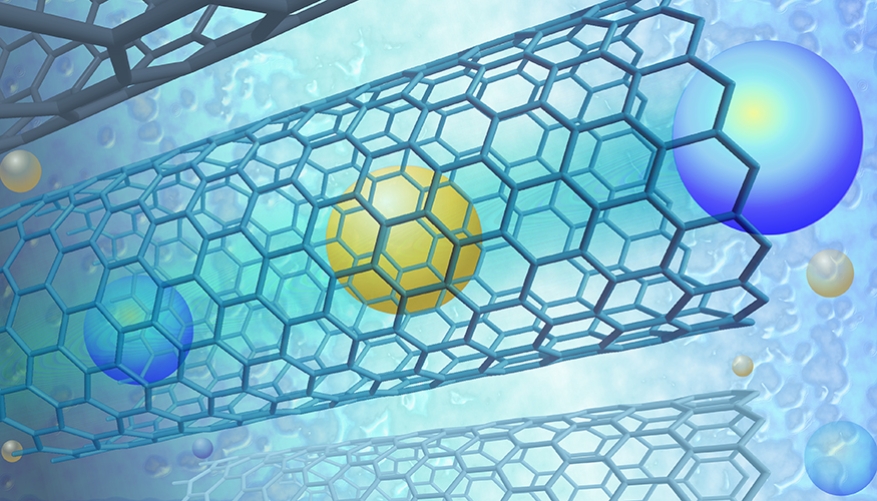Biohybrid Artificial Photosynthesis System
Bioscience Medical
A patented biohybrid system that mimics natural photosynthesis to convert sunlight and CO₂ into clean fuel.
The patented biohybrid system is an innovative technology that leverages the power of natural photosynthesis to convert sunlight and carbon dioxide (CO₂) into clean fuel. This system combines the benefits of biological and synthetic components to create a hybrid platform that mimics the natural photosynthetic process.At its core, the biohybrid system consists of a specially designed photobioreactor that houses a genetically engineered microorganism, such as a bacterium or algae. This microorganism is engineered to produce a specific type of enzyme that plays a crucial role in the natural photosynthetic process. The photobioreactor is designed to optimize the growth and productivity of the microorganism, providing it with the necessary light, nutrients, and CO₂ to thrive.The biohybrid system also incorporates a synthetic component, which is a nanostructured material that enhances the efficiency of the photosynthetic process. This material is designed to capture and convert sunlight into a usable form, allowing the microorganism to produce fuel precursors at a higher rate. The synthetic component is integrated with the biological component, creating a seamless interface that enables the efficient transfer of energy and materials.The overall process involves the following steps: (1) CO₂ absorption: CO₂ is absorbed from the atmosphere or a CO₂-rich source and transported to the photobioreactor; (2) Light absorption: Sunlight is absorbed by the nanostructured material and converted into a usable form; (3) Biological conversion: The microorganism uses the energy from sunlight to convert CO₂ into fuel precursors, such as organic acids or biofuels; (4) Fuel production: The fuel precursors are then converted into a usable fuel, such as bioethanol or biodiesel, through downstream processing.The biohybrid system offers several advantages over traditional biofuel production methods, including higher efficiency, lower costs, and reduced environmental impact. By mimicking natural photosynthesis, this system has the potential to produce clean fuel at a large scale, making it a promising solution for addressing the world's energy needs while mitigating climate change.
The patented biohybrid system can be used for renewable energy generation, providing a sustainable alternative to fossil fuels and reducing greenhouse gas emissions.
It can be applied in carbon capture and utilization, converting CO₂ into valuable chemicals and fuels, thereby reducing the environmental impact of industrial processes.
The technology has potential in the field of sustainable transportation, enabling the production of clean fuels for vehicles, such as hydrogen or methanol, which can power cars, buses, and trucks.
It can be integrated into existing industrial processes, such as in the production of chemicals, fertilizers, and pharmaceuticals, providing a cleaner and more efficient source of energy and feedstocks.
The biohybrid system can be used for power generation in remote or off-grid locations, providing a reliable and sustainable source of electricity for communities and industries.
It has potential applications in the field of environmental remediation, enabling the cleanup of contaminated soil and water by converting pollutants into harmless compounds.
The technology can be used for the production of high-energy-density fuels, such as jet fuel or diesel, for the aviation and maritime industries, reducing their reliance on fossil fuels.
It can be applied in the development of sustainable agriculture practices, enabling the production of biofuels and bioproducts from agricultural waste and byproducts.
The biohybrid system has potential in the field of urban planning and development, enabling the creation of sustainable cities and communities with reduced carbon footprints.

World Health Organization (WHO)
Audio and visual technology
View Patent
